When I first started working with Kishu mandarin trees, I noticed how their compact size and sweet, seedless fruit make them an excellent option for home gardeners with limited spaces. A thorough overview of the essential steps really provides a simple guide for successfully planting and nurturing these delightful citrus trees, ensuring a fruitful harvest. They are increasingly favored, and that warm reputation keeps making them a joyful choice for anyone hoping to cultivate healthy trees like the kishu mandarin tree. From my own gardening routine, I’ve learned that staying patient and focused during the early growth process helps them adjust well so they will grow strong.
I’ve also seen how certain challenges can arise when caring for any tree, and understanding the potential obstacles helps you use effective strategies to overcome them. These simple habits enable gardeners to keep plants thriving, turning them into truly productive plants. With time, you start learning what works and what doesn’t, and the experience gently shapes your confidence. Every effort adds up, and even the smallest adjustments may transform your success with these special mandarins. However, staying mindful of these key lessons keeps the journey enjoyable and rewarding.
1. Understand the Kishu Mandarin Tree
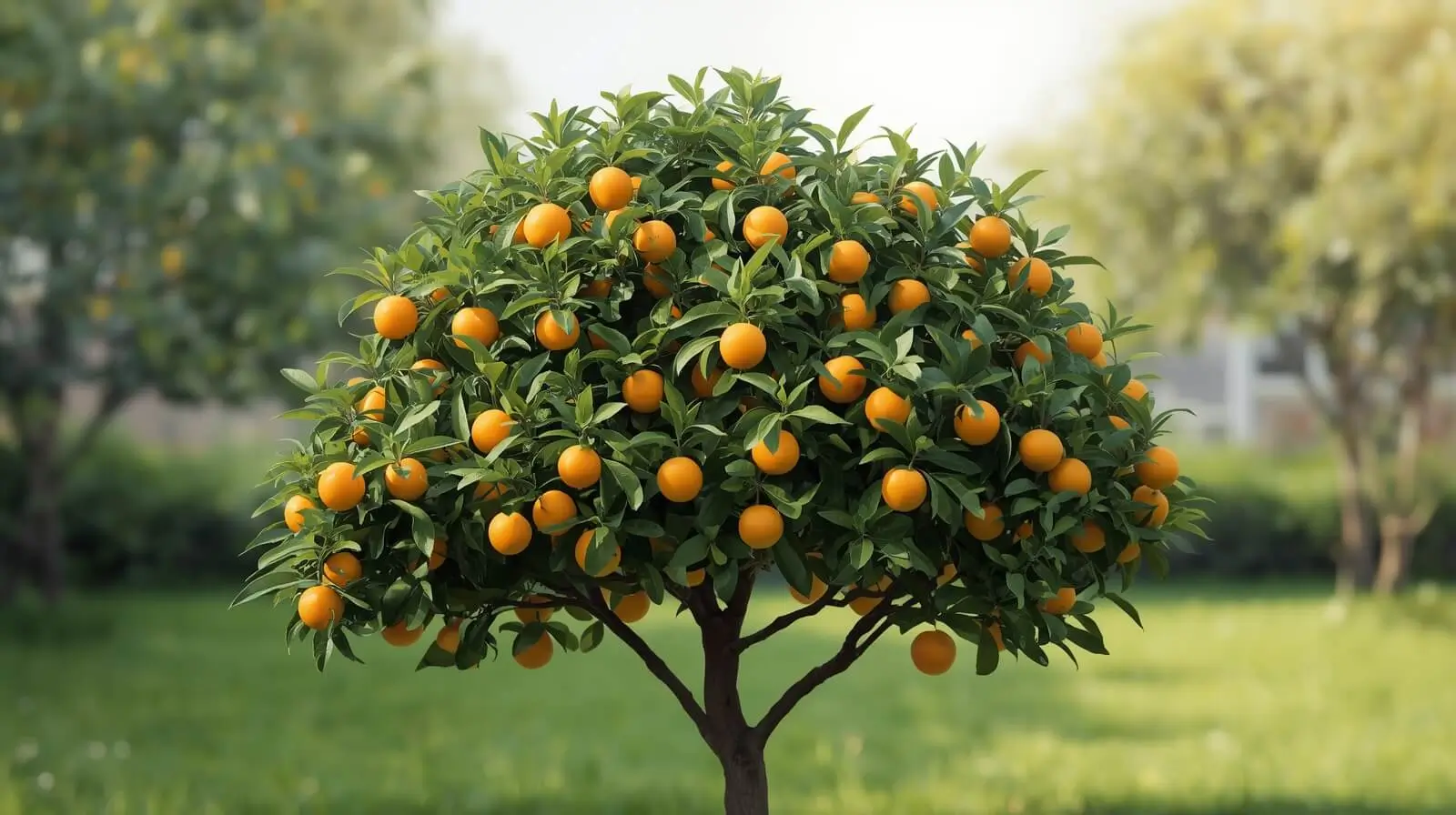
When I first started growing Kishu mandarin trees, I loved how this citrus variety stayed compact and semi-dwarf, making it an excellent choice for home gardens and container growing. The charm of Citrus reticulata ‘Kishu’ comes from its sweet, seedless fruit that is easy to peel, while the height of 4-5 feet and spread of 4 feet fit perfectly into small size spaces. These trees thrive in USDA hardiness zones 9-11, especially when placed in full sun for 6-8 hours of direct sunlight, supported by well-draining soil and slightly acidic soil. I’ve seen how their cold hardiness, tolerating brief exposure to temperatures near 32°F, gives them versatility across various climates, and the way the fruit matures from late fall into winter always creates a delightful harvest during cooler months. For young mandarin plants, choosing a pot size of 10-14 inches is appropriate, especially when aiming to promote healthy growth through steps like irrigating the top inch when the soil dry, feeding with balanced citrus fertilizer monthly in the growing season, and remembering to prune in spring to maintain shape and remove dead branches or damaged branches. Their manageable size and adaptability make this Mandarin variety a joy for gardeners who want to enjoy benefits of homegrown citrus without needing an extensive yard area, and although not commercially cultivated on a large scale due to their delicacy and small size, they gain recognition for their attractiveness—especially after being praised by Alice Waters, founder of Chez Panisse, for their clean flavor and intense flavor, which boosts their desirability among gardening enthusiasts and home gardeners.
- Irrigate the plant when the top inch feels soil dry to support steady moisture.
- Nourish the tree with balanced citrus fertilizer monthly throughout the growing season.
- Prune in spring to maintain shape and clear dead branches or damaged branches.
With time, I noticed how their versatility, manageable size, and adaptability make them perfect for small spaces, letting any grower enjoy benefits of homegrown citrus, even in a modest area, while still appreciating their delicacy, clean flavor, and the charm that keeps this Mandarin variety highly valued by gardening enthusiasts across various climates.
For more citrus-growing guidance, you can also read this detailed guide on caring for a Calamondin citrus tree, which shares similar sunlight, soil, and feeding needs.
2. Prepare for Planting
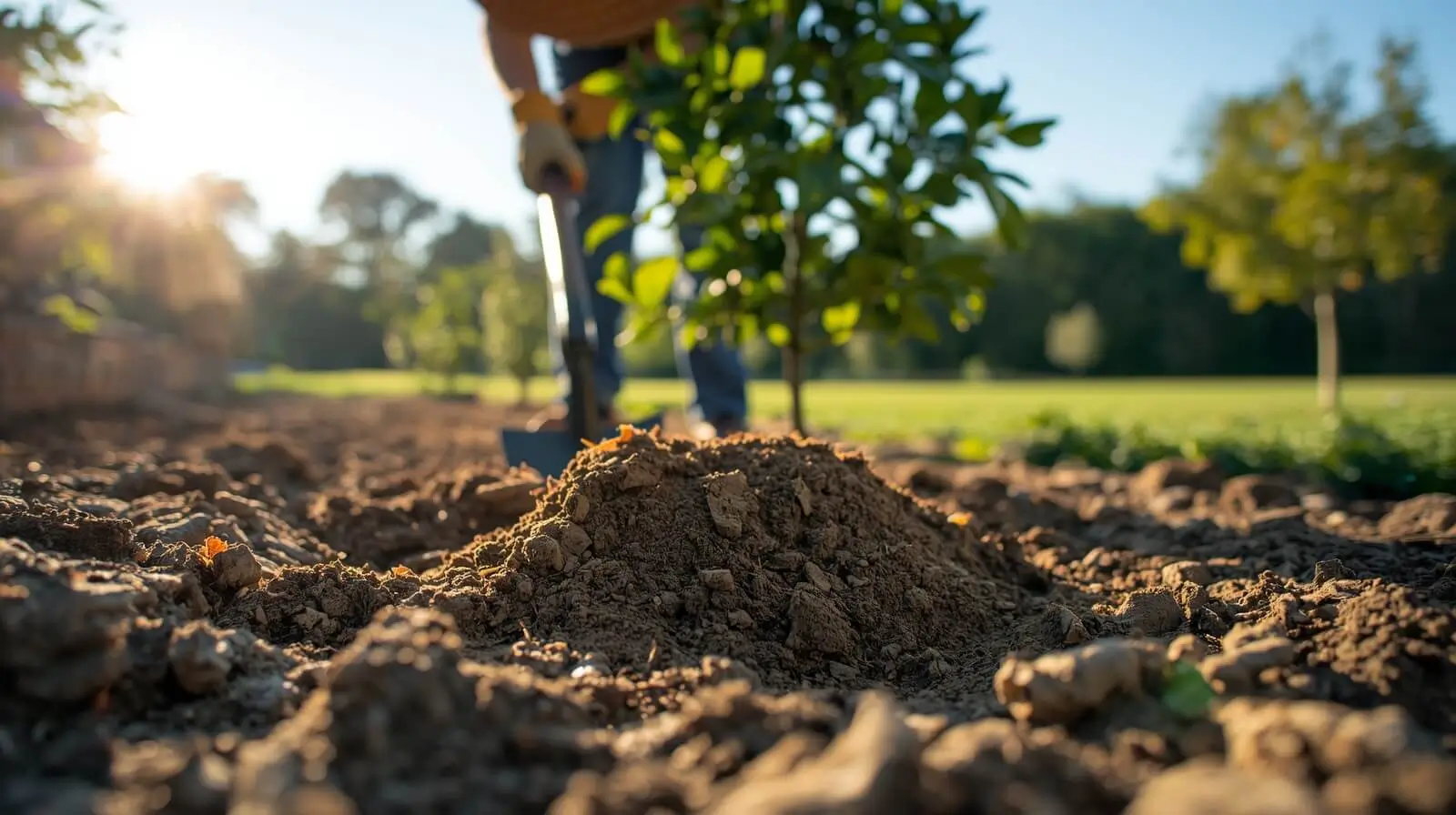
When I work to prepare a Kishu Mandarin tree for planting, I always start with a few essential steps that help the tree settle into its new garden space smoothly. I first choose the right location, looking for a spot that receives full sun for 6-8 hours and stays sheltered from strong winds that may cause damage or hinder growth. From my own practice, proper soil preparation makes a big difference because kishu mandarin trees flourish in well-draining sandy loam with a pH 6.0-7.0, and when the soil feels too heavy clay or compact, I amend it using organic matter, compost, or peat moss to enhance drainage and support better nutrient content. Sometimes I even apply lime 6-8 weeks prior to help with managing acidity, and I do routine testing to sustain ideal pH levels, especially when I’m focused on promoting robust growth before the planting day.
- Start by digging the hole to twice the width and the same depth of the root ball so the roots spread easily into the surrounding soil for better establishment.
- Watering the tree thoroughly while still in its pots keeps it hydrated and helps reduce transplant shock, making the move into the new environment a smoother transition.
- After planting, I like to form a basin to guide water directly to the roots and maintain a deep watering frequency of once or twice weekly.
- For frost protection, I always shield the young citrus plant when frost arrives or when temperatures below 40°F appear, often covering it with frost cloth or keeping potted plants indoors during chilly weather.
- I rely on fertilization using a specially formulated organic fertilizer that includes trace micronutrients to promote health and steady growth.
- By adhering to these guidelines, you help establish optimal setting conditions that can lead to a productive, vibrant enhancement in your garden.
3. Plant the Kishu Mandarin Tree
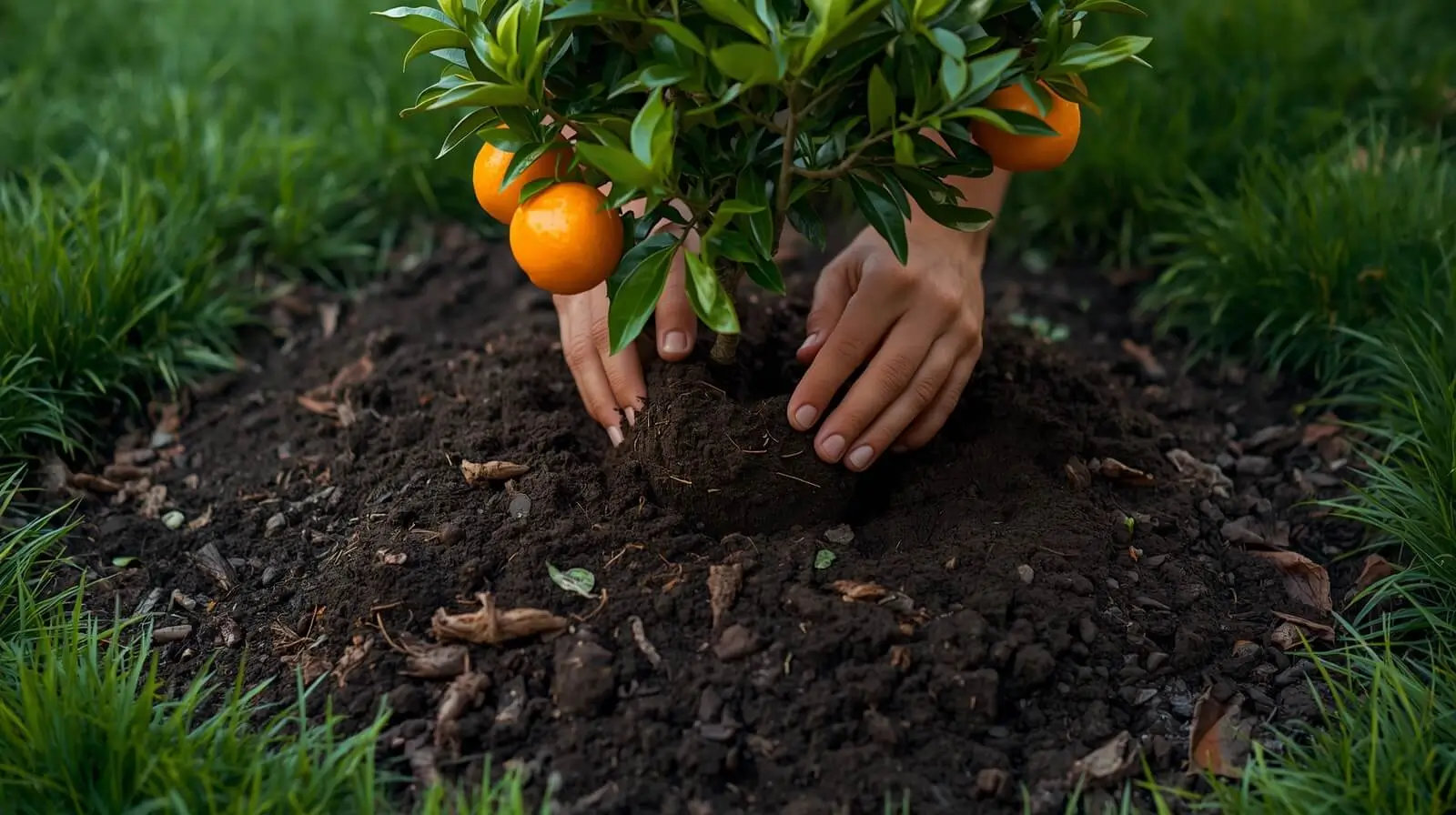
From my own planting routine, I’ve learned that when you want to successfully plant a Kishu Mandarin tree, the first focus should be on a few essential steps that make the whole process smoother and safer for the young citrus plant. I always position the tree carefully and center the tree in the hole, making sure the top of the root ball stays slightly above ground level because it prevents water pooling around the trunk, which can lead to rot. Once that part is set, I work to backfill the hole, refill the hole with original earth, and use gently packing only enough to eliminate air pockets without making it compact, since that can impede root development. These small details help the roots adjust well as the water seeps effectively and the tree settles in the new spot.
- After backfilling, I irrigate generously and water the plant deeply to help with settling the ground and supporting early growth.
- I rely on mulch, adding a layer of organic mulch around the base of the plant and keeping it 6 inches away so it holds moisture, inhibits weeds, and controls ground temperature for overall well-being.
- Experts and specialists often remind us to comprehend fruit plants and understand the maintenance they require so we can choose appropriate mulch or even try mulched ground cover, which can keep a higher soil moisture average like 37% at 15 cm depth, showing the importance of mulching in retaining moisture.
- When I’m planting a tall plant in a windy area, I add staking for extra support and use soft ties to avoid damaging the trunk, keeping everything stable without causing harm.
- For anyone wanting the best results, try shredded paper as a surprising option—it’s lightweight, made from recycled materials, and works well depending on crop type and your management practices when choosing the selection of mulching material.
When these elements work together, they create an ideal setting that naturally starts encouraging healthy growth and supports stronger fruit yield. With a little patience and attention to the tiny details hidden in these planting habits, your tree becomes a rewarding part of your garden journey.
4. Care for Your Kishu Mandarin Tree
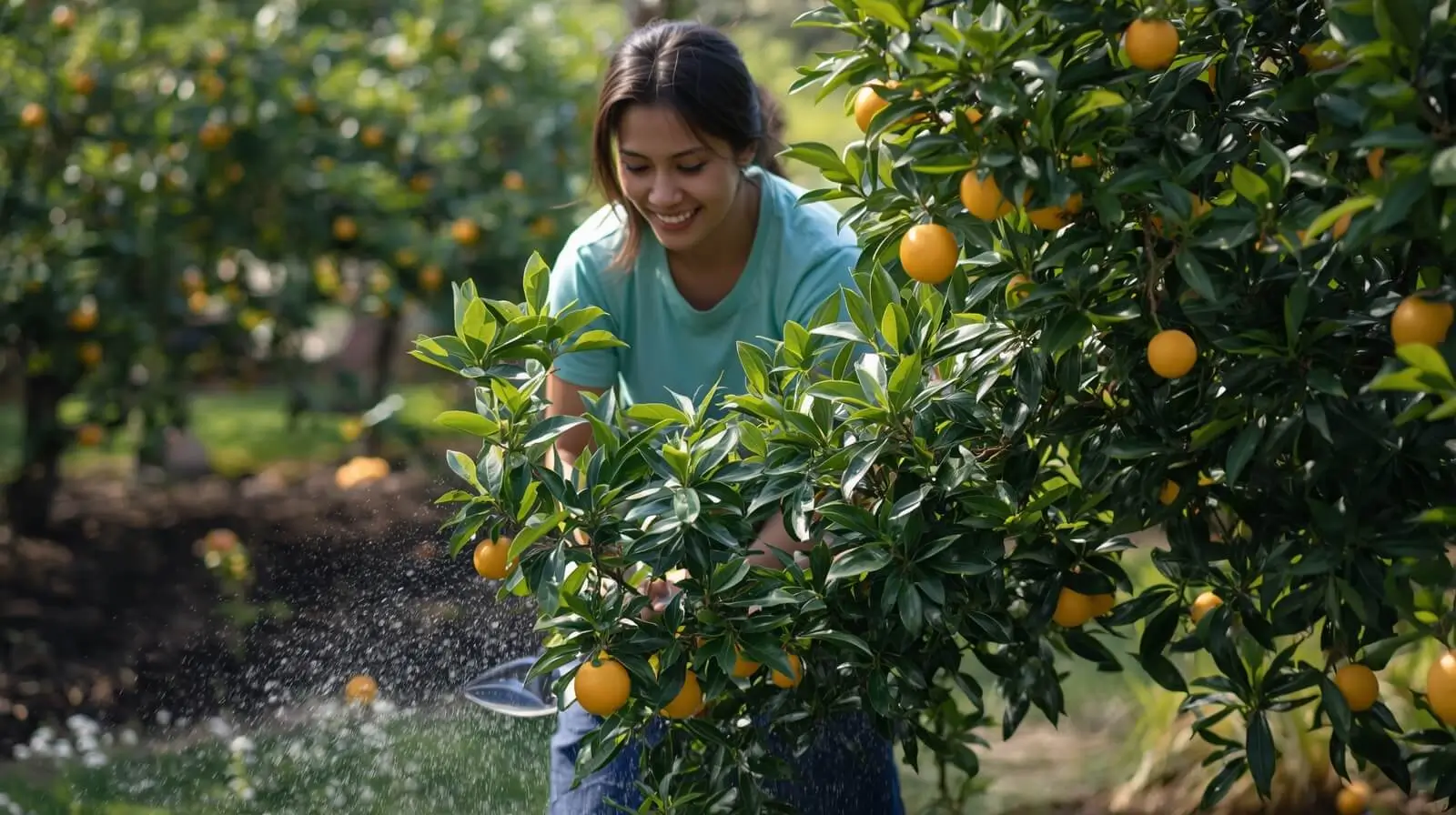
- When I focus on the care of a Kishu Mandarin tree, I always adhere to simple guidelines that help me manage the tree effectively through each season. Keeping the ground consistently moist without over-saturation is one of my first habits, so I water thoroughly once a week, letting the top inch of soil dry out between waterings. In hot weather, I increase frequency to prevent water stress, which can reduce fruit size and lower the yield, especially when the maximum allowable depletion of soil water should stay limited to 25% to 33%, particularly from February to June.
- For feeding, I rely on proper fertilizing with balanced citrus fertilizer applied every 6-8 weeks during the growing season, mainly in spring and summer. To get optimal results, I follow the nutrient guidelines closely—using ¼ to ½ pound of nitrogen annually for small plants around 2-3 feet, ¾ to 1 pound for medium-sized plants at 4-8 feet, and 1¼ to 1½ pounds for large specimens over 10+ feet. With mature fruit-bearing plants at 8+ years, I consider the yearly nitrogen amount recommended for oranges, such as 125 to 240 lb/acre, since it can also apply to mandarins, and I always check the manufacturer’s instructions for specific application rates.
- When it comes to shaping, I focus on gentle pruning, trimming as needed to eliminate dead branches or eliminate damaged branches and preserve plant’s shape. Because this variety doesn’t need extensive trimming, I make sure to avoid heavy pruning, which helps promote healthy growth without stressing the tree. Regular checks are part of my routine as well.
- I always use strong pest control habits by regularly examine the plant for pests like aphids or scale insects, and I use horticultural oil or insecticidal soap to manage infestations early. Good airflow around the tree provides good air circulation, helping to prevent fungal diseases in humid conditions, something I’ve learned to watch for during rainy periods.
- For winter care, I stay alert in frost-prone areas and protect plant during sudden cold snaps by covering with frost cloth or sometimes relocating potted plants indoors. Since they are not frost-resistant, avoiding freezing conditions is important to guarantee health and overall productivity, especially when young trees are still establishing themselves.
If you want to explore more citrus care tips, check out this guide on Persian lime trees, which covers fertilizing, watering, and citrus pest management in detail. For expert, research-based citrus care guidelines, you can follow this University of Florida IFAS citrus growing guide
5. Troubleshoot Common Issues
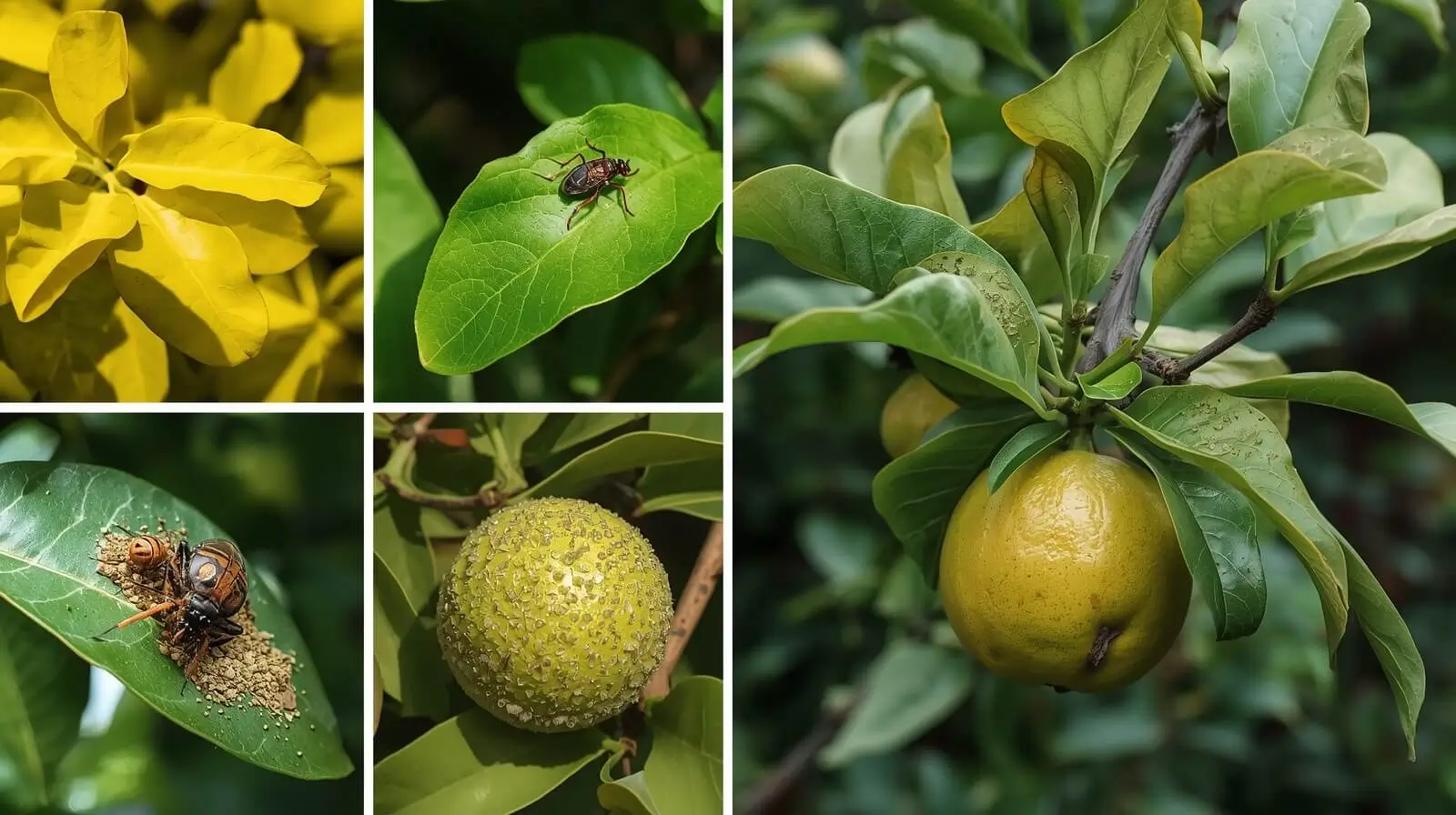
- When I deal with common issues in my Kishu mandarin trees, I always start by noting how these problems can affect health and slow down fruit production, so finding the right solutions helps me address challenges more effectively. One of the problems I often see is yellowing leaves, which can indicate overwatering or a nutrient deficiency. In these moments, I check ground moisture, adjust watering schedule, and see if the soil too moist needs time to dry out. Sometimes the tree responds well when I start applying balanced fertilizer, especially if there are deficiencies in iron or zinc, and a quick soil test helps me identify nutrient needs before the problem grows worse.
- Another frequent issue is leaf drop or the plant dropping leaves, usually caused by stress from environmental changes, sudden temperature fluctuations, or even transplant shock. During times like this, I try to create a stable environment and monitor care routine to minimize stress, and it’s amazing how much calmer the tree becomes once everything feels consistent again.
- When I face pest infestations, especially from common pests like aphids or scale insects, I make sure to regularly inspect the foliage and address infestations promptly. I rely on horticultural oil or insecticidal soap to protect health and stop the damage before it spreads. Over time, I’ve learned that staying observant is the best defense.
- Sometimes I notice poor fruit production or the tree not producing fruit, often because of inadequate sunlight or inadequate nutrients. Placing the tree in a sunny location and making small changes to adjust fertilization schedule usually helps enhance fruit yield, and the difference becomes clear in the next growing season.
- Fungal issues are also something I pay close attention to, especially fungal diseases caused by poor air circulation or overwatering. To prevent this, I try to ensure good airflow, take care to avoid wetting leaves, and sometimes treat with fungicides when needed to restore health. Once the tree begins to promote flourishing again and I see signs of encourage healthy fruit production, it reminds me of how far attentive care can go. Even customer testimonials often mention the vitality of trees when growers use consistent, attentive care and practice proper management.
Read Also:
- Gardening & Plant Care Guide for Thriving Plants
- Tropical Fruit Trees: Grow Exotic Paradise at Home (Guide)
Conclusion

Caring for a Kishu Mandarin tree becomes much easier once you understand how its watering, feeding, pruning, and general environment affect its long-term health. With steady habits, attentive observation, and a little practice, you can guide your tree through common challenges like yellowing leaves, pests, fruit drop, or fungal issues. These trees respond well when their needs are met, and it doesn’t take long before the results show through stronger growth, healthier foliage, and improved fruit production. By staying consistent and making small adjustments as needed, your Kishu Mandarin tree can thrive beautifully and become a rewarding part of your garden year after year.
FAQs
1. Why are my Kishu mandarin leaves turning yellow?
Yellowing leaves often come from overwatering or a nutrient deficiency. Check the soil moisture, let the soil dry slightly, and consider adding a balanced fertilizer or correcting iron/zinc deficiencies.
2. How often should I water my Kishu Mandarin tree?
Water once a week, keeping the soil moist but never soggy. During hot weather, increase watering frequency to prevent water stress.
3. Why is my Kishu Mandarin tree dropping leaves?
Leaf drop commonly happens from temperature changes, transplant shock, or general stress. Keep the tree in a stable environment and watch its care routine closely.
4. What should I do if my tree is not producing fruit?
Poor fruiting usually comes from inadequate sunlight or nutrients. Move the tree to a sunnier location and adjust your fertilizing schedule to support fruit formation.
5. How can I control pests like aphids or scale insects?
Inspect the plant regularly and treat infestations quickly using horticultural oil or insecticidal soap to protect the tree’s health.
6. How do I prevent fungal diseases?
Provide good airflow, avoid wetting the leaves, and reduce overwatering. If fungus appears, treat with an appropriate fungicide.
7. Can Kishu Mandarin trees survive frost?
No, they are not frost-resistant. Protect them with frost cloth or bring potted trees indoors during cold snaps.


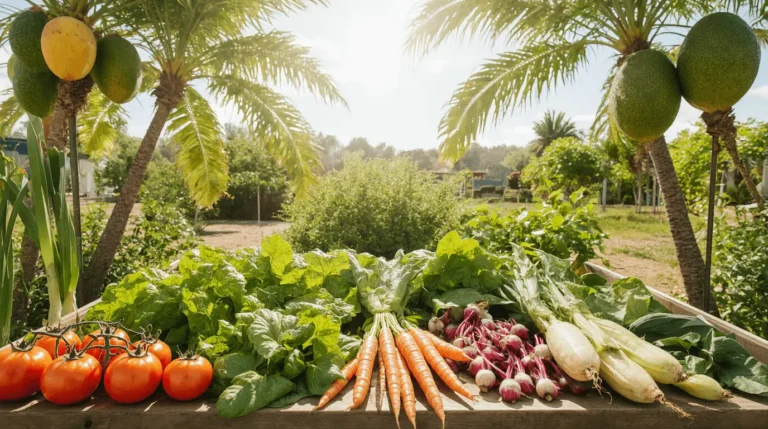


[…] more tips on growing compact citrus varieties, you can also explore this guide on the Kishu mandarin tree, which shares similar soil, sunlight, and care […]
[…] compact citrus variety with similar sunlight and soil needs, you can also check out the guide on growing a Kishu mandarin tree, which offers helpful tips for improving citrus care and […]